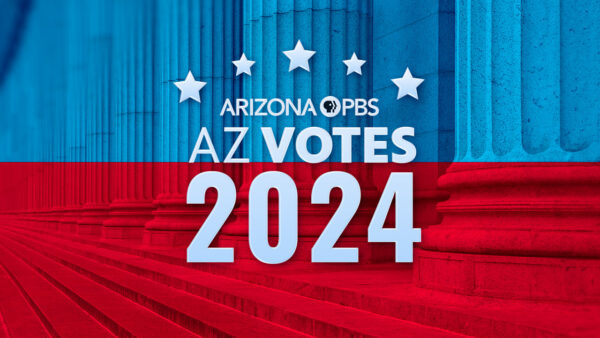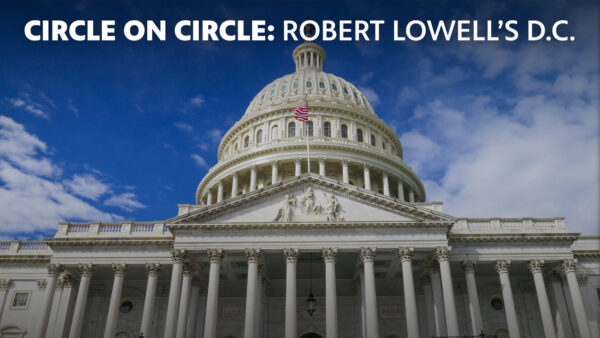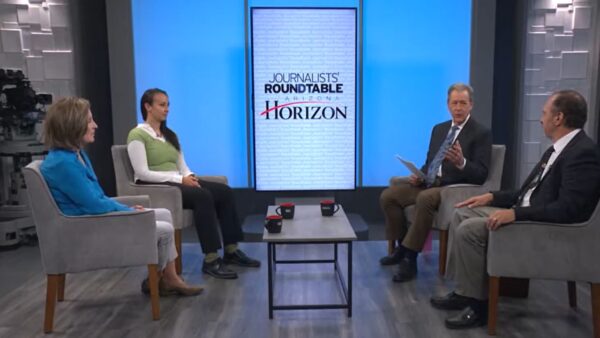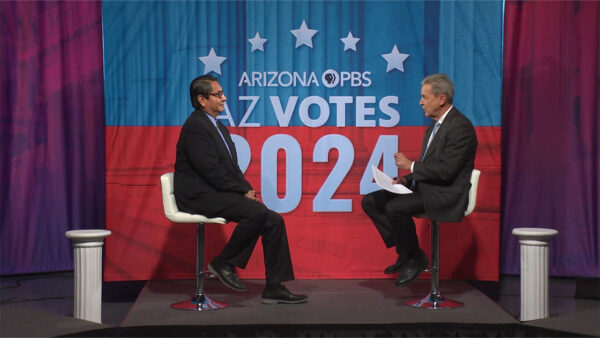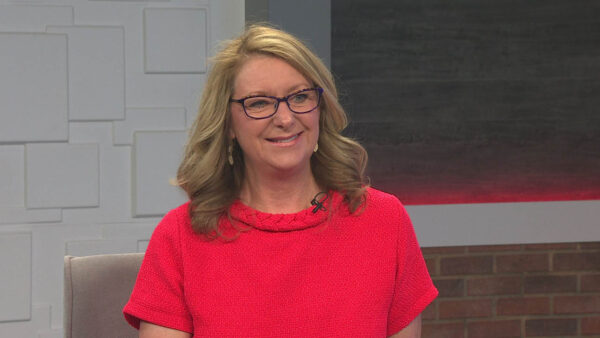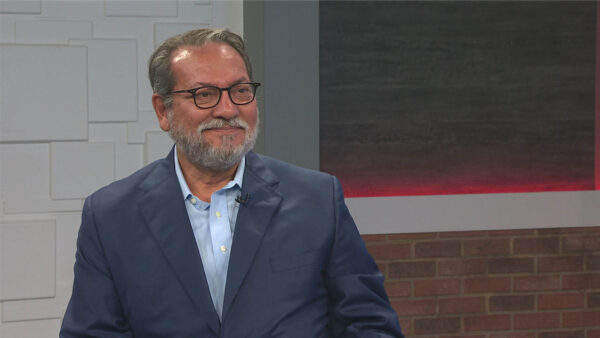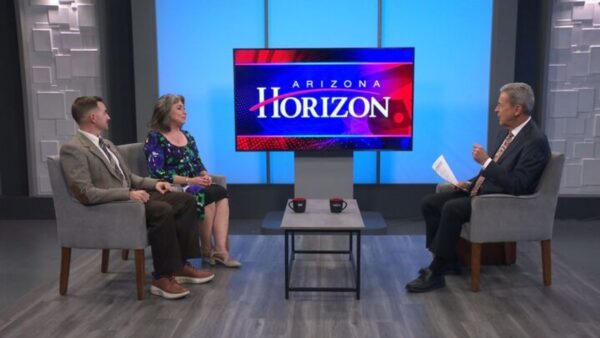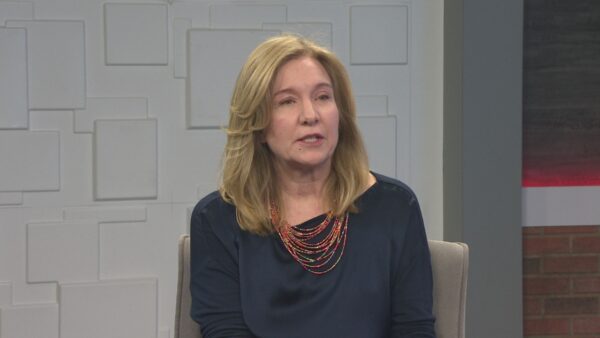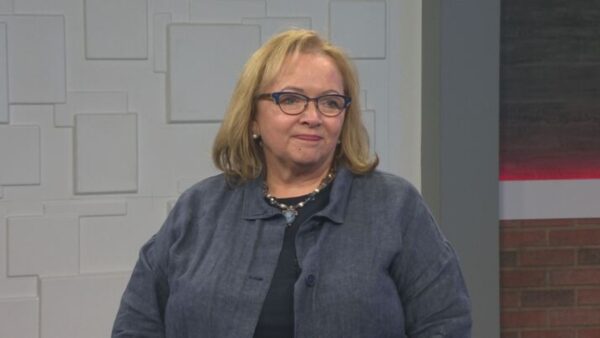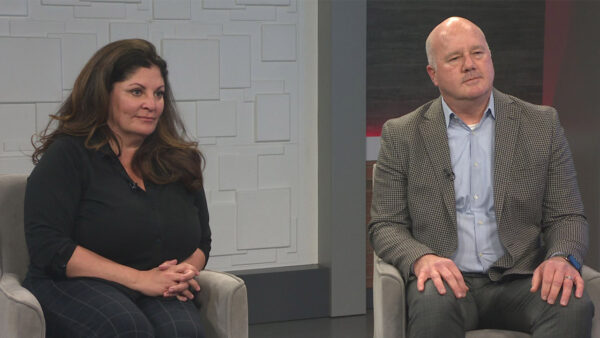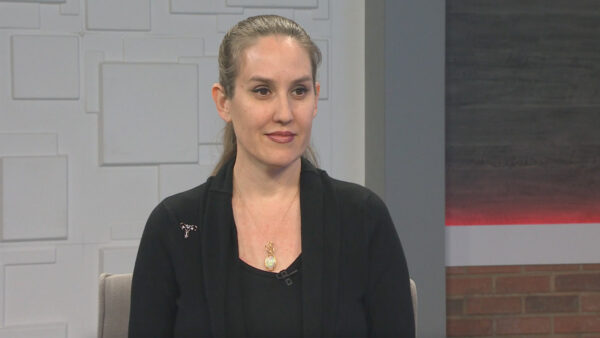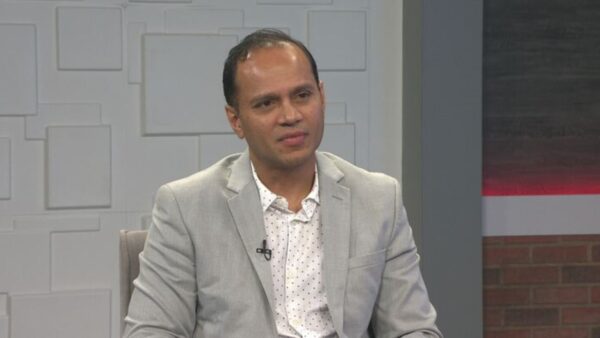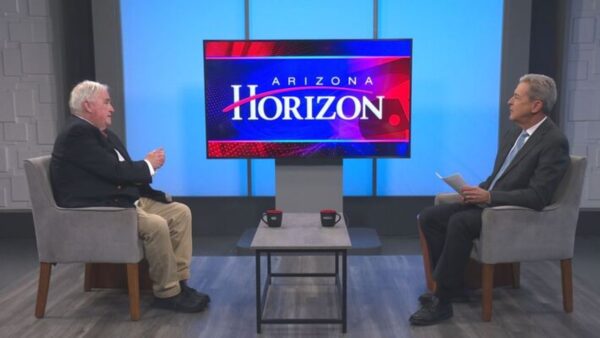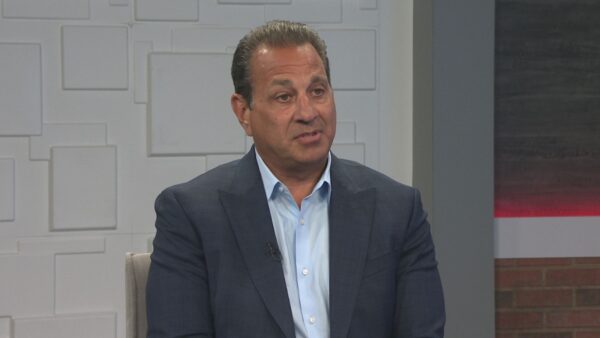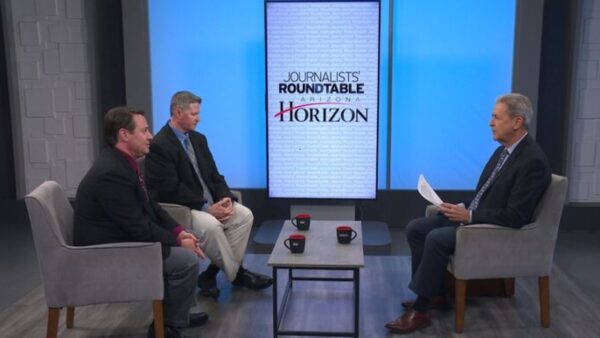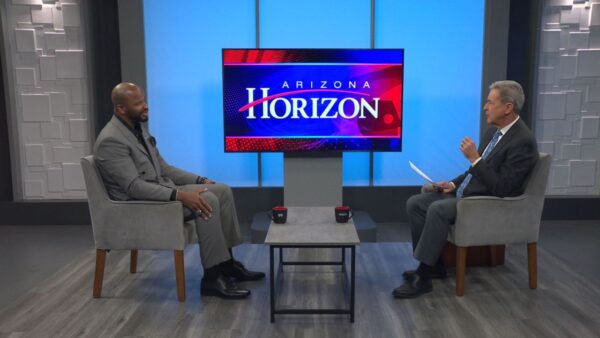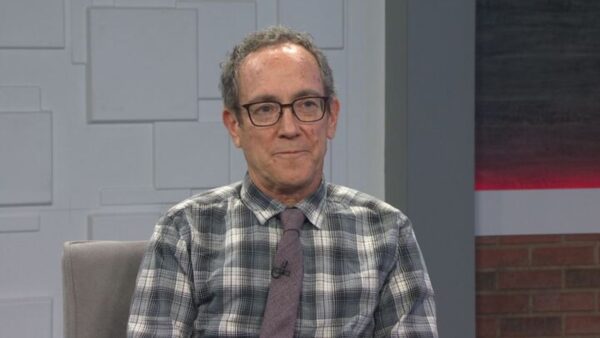Headquartered in Tucson, Strongwatch is a company developing technology for the national security market. Strongwatch has pioneered and developed mobile and fixed surveillance technology that is targeted to meet the needs of border security, law enforcement and the military. Drew Dodds of Strongwatch will talk about his company and its technology.
Ted Simons: Tonight's edition of Arizona technology and innovation focuses on Strongwatch Security, a Tucson-based fixed and mobile surveillance company that targets the needs of border security, law enforcement, and the military. I recently spoke with Drew Dodds of Strongwatch. Thank you for joining us on "Arizona Horizon."
Drew Dodds: Thank you for having me today.
Ted Simons: Let's talk about the company's focus. What exactly do you do?
Drew Dodds: Well, Strongwatch is a surveillance innovations company, founded in April of 2008. And we create solutions that protect people and assets.
Ted Simons: And it sounds like it's mobile surveillance technology here. What does that mean?
Drew Dodds: So we have two core offerings. One is our mobile surveillance solution, aptly named freedom on the move, which is a very rugged and robust surveillance system Mounted in the back of a pickup truck. And it has different capabilities such as infrared cameras, color cameras, laser range finders, DVR streaming capabilities, it's a GYRO stabilized system so it can be used while you're on the move. And second to that we have our autonomous fixed surveillance solution, which is called freedom 360.
Ted Simons: So mobile and fixed as well.
Drew Dodds: Yes, sir.
Ted Simons: Now, was this used in the Yarnell hill fire?
Drew Dodds: Our mobile asset was.
Ted Simons: How so?
Drew Dodds: Well, it was really a two-part story. By day we were assisting the firefighters with detecting hot spots using the thermal imager and being able to relay that information by a cellular network so we could stream that information to a firefighter's smartphone. And they could utilize that connection with their smartphone and our thermal imager to walk themselves onto something they can't see with the naked eye.
Ted Simons: Was this the first time it's been involved with this kind of situation?
Drew Dodds: On the fire side of the house, it is. And that was what we were doing in the daytime. By nighttime we were basically marring up with the county sheriff to do patrols of the evacuated areas just to picture that no looting was taking place. People were staying on their property if they had stayed.
Ted Simons: You were recognized by a congressman by this particular activity.
Drew Dodds: I was, and we were as a company.
Ted Simons: And that must have been a good feeling, you were contributing to a situation that turned out to be pretty rough, but you were doing a good job up there.
Drew Dodds: We were trying to do anything we could to help.
Ted Simons: As far as Strongwatch is concerned, it sounds as though there's a security aspect obviously to this, talk about who your customers might be. Obviously with this state and local government and the feds, is that basically who your customers are?
Drew Dodds: Our customers are public safety in general, both state, federal level. We also have commercial opportunities. But it's predominantly state level at this time.
Ted Simons: Border security?
Drew Dodds: Everything from border security to homeland security, emergency management, first responders of all types. Even on the fire side of the house as well.
Ted Simons: I was going to say, law enforcement and border security in general, the use of technology, it's really increasing, isn't it?
Drew Dodds: It is. We have to keep up with the challenges that are faced every day by the folks that are doing the dirty work.
Ted Simons: And emergencies management, we saw the Yarnell hill fire, give us other examples of what this freedom on the move could work in certain situations.
Drew Dodds: If you had a catastrophic event, say a large earthquake or whatever you might have, you can utilize a thermal camera to detect human heat signatures for potential survivors of a catastrophic event. It gives exact geo spacial information, so forces know where a threat or somebody might needed help might be. A lot of different use cases for the emergency management folks.
Ted Simons: We talk about state, local, federal government being clients. What about overseas clients? What about overseas governments? What about folks you may not be too sure what they're going to use something like this for? How does that work?
Drew Dodds: Obviously we have to be very careful and we have quite a bit of due diligence that has to be done when we're working with people, whether it's in the states or abroad. We're currently supporting many more stateside opportunities than we are internationally. But we certainly intend to grow in that direction as well.
Ted Simons: But you -- Are there state departments requirements when it comes to things like that?
Drew Dodds: There are. There are export regulations to make sure that somebody that shouldn't have the technology doesn't get it.
Ted Simons: I hear you. How did the company get started?
Drew Dodds: Well, originally we had a pretty deep fundamental basis within the video analytics world, and this is predominantly on the backs of three gentlemen, Mark Howell, Mike Powell, and Andy Griffiths. And they had originally come together to do some very interesting video analytics work, and that basically morphed into the hardware side of the house when we were successful in securing an opportunity to basically build these systems for the U.S. army and the government.
Ted Simons: So was there a particular idea, a particular spark that got things going from the theoretical, the design board to hardware and ready to go?
Drew Dodds: I think a lot of it was just what was driven from the operators' needs. Like a lot of technologies, we saw a fundamental gap in the situational awareness that both war fighters and public safety has in general, and we wanted to create a system that would help them maintain situational awareness and realize where the threats might lie with actionable intelligence.
Ted Simons: How difficult was it to get from idea, again, from drawing board to marketplace?
Drew Dodds: A lot of blood, sweat, and tears. We've spent a lot of time in the field with operators, getting direct feedback on system features and what's helpful, what's not, taking that feedback from operators and going all the way through the engineering process to get to a fully baked product.
Ted Simons: As far as the cost of this fully baked product, what are we talking about?
Drew Dodds: It depends on how it's built. We don't have any one system that's built like another. They're all suited specifically for the end user. So it's really a pretty broad range of pricing. It also depends on whether it's federal, if it's state, if it's international. It's a little bit of a difficult question to answer.
Ted Simons: OK. I can understand the situation. Based in Tucson, why?
Drew Dodds: Tucson is home. Everybody on the team was raised in the area, with the exception of a couple of folks, but we are a hometown company, and Tuscon is where we live.
Ted Simons: We do a lot of technology and innovation stories on "Arizona Horizon," and we're always trying to figure out where the action is and why the action isn't in certain spots. What do you see out there as far as technological development? This is obviously security concerns, surveillance and this sort of thing. But overall, what's happening out there?
Drew Dodds: Well, it seems like there is definitely a growing need for what the law enforcement and public safety arena would call a common operating picture, being able to share information in real time, and that's something they're pushing to the forefront for first responders, whether it's an event like the Boston Marathon attack, or it's just a simple crowd overwatch event being able to share intelligence in real time is critical for maintaining situational awareness. Not only at the operator level, but also at the command level. So they can make the appropriate decisions.
Ted Simons: What's next for Strongwatch? Is it refining what you have? Is it moving on in a different field?
Drew Dodds: I would have to say sticking to our core competency is going to be our strength, moving forward. With that said, there's always the need to integrate new features, new components, new technologies into the already existing technology to create what we call one-off solutions.
Ted Simons: Will that mean staying in Tucson, or does that necessity maybe moving somewhere else?
Drew Dodds: Tucson is home for us. That's where we're staying.
Ted Simons: All right. It's good to have you here. And it's good to have you joining us on "Arizona Horizon." Thank you so much.
Drew Dodds: Thank you for having me.
